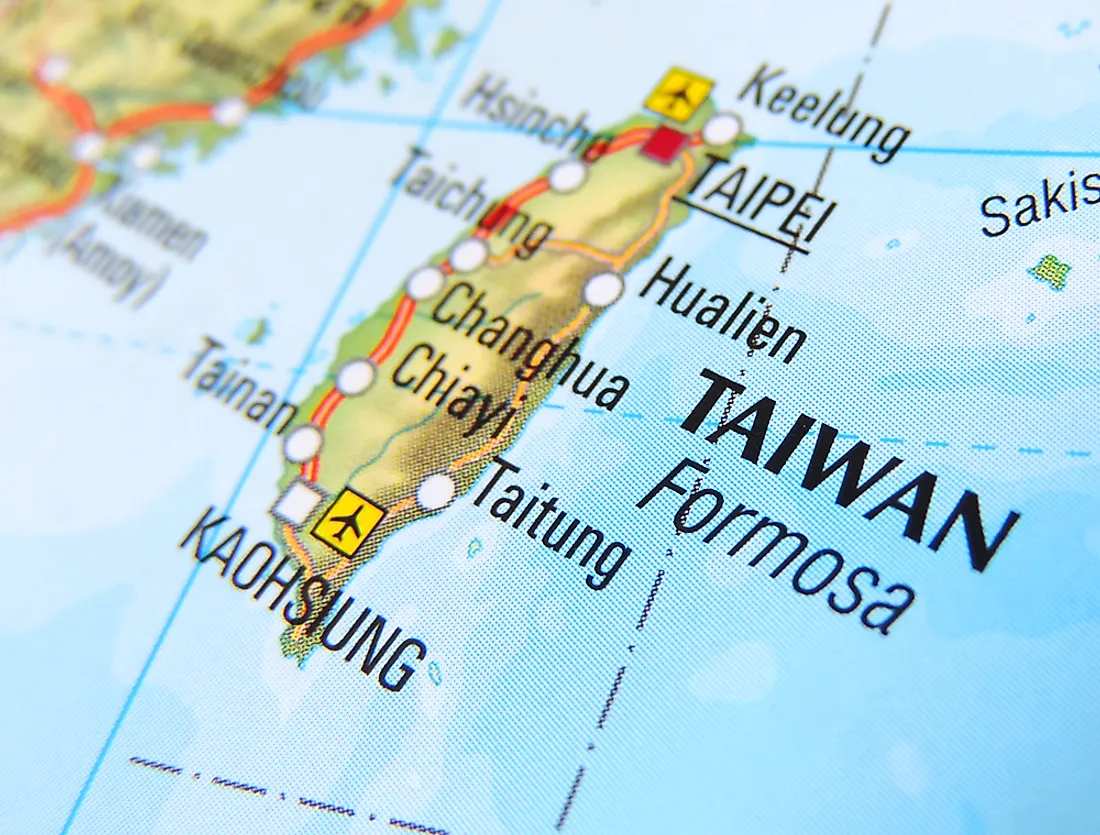What and Where Was the Republic of Formosa?

The Formosa Republic was a democratic state of Taiwan that lasted for a short time. It was formed when the Taiwan notables resisted Taiwanese cession to Japan under China’s Qing Dynasty and Japan Empire. The Qing Dynasty and Japan Empire signed the Shimonoseki Treaty that saw the region taken over by Japanese armies. The Taiwan resistant notables declared Formosa a republic on May 23, 1895. The sovereign ended on October 21, 1895 when the Japanese took over Tainan capital city.
Origin of the Shimonoseki Treaty
China and Japan went into war in 1894. Japan, a few months later, captured Weihawei and Port Arthur after defeating China’s Beiyang fleet. Towards the end of the war, Japan stepped up efforts to ensure that Taiwan would cede from China. Japan and China opened peace negotiations in the Japanese city of Shimonoseki in March 1895. On April 17, 1895, the Treaty of Shimonoseki concluded and provided cession of Taiwan to Japan. Kabaya Sukenori became the first Japanese governor general of Taiwan on May 10, 1895.
Proclamation of the Formosa Republic
When the news about the treaty reached Taiwan, notable men from central Taiwan led by Qin Fengjia resisted. They resisted the transfer of Taiwan to Japan and decided to establish a free and democratic Republic of Formosa. On May 23, 1895, while in Taipei, these notables proclaimed the independence of Formosa Republic. Zhang Zhidong the governor-general of Liangkiang, Chinese mainland also supported the resistance movement.
The governor-general of Taiwan, Tang Ching-Sung, became the first president. President Tang Ching-Sung appointed his longtime friend Liu Yongfu as a Grand General of the Army. Liu Yongful was a retired Army commander who had conquered the French in northern Vietnam. In addition, Chen Jitong was appointed as the Republic’s foreign minister. His work was to sell the Republic in the western countries.
International Recognition of Formosa
The Western authorities did not recognize the legitimacy of the Formosa government since the island had already ceded to Japan through the Treaty of Shimonoseki. Therefore, the Republic received little sympathy from Europe despite its ‘Parisian’ manifesto.
There was unofficial support to the Formosa resistance movement in Peking. However, the government of Qing showed great attention to adhere to the Treaty of Shimonoseki. At the same time, diplomatic efforts were made to persuade Japan to release Liaotung Peninsula also ceded in the treaty. Japan aggressive agreement aroused Europe where Germany, Russia, and France pressured its government to restore the peninsula to China in late April 1895. On May 5, 1895, Japan agreed but it was not until December when negotiations necessary for the treaty amendments took place.
The Collapse of Formosa Republic
The Republic of Formosa existed only for five months. The Japan troops staged themselves near Keelung, northern coast of Taiwan in May 29, 1895. They carried out a battle of five months that swept south toward Tainan capital city. On the night of June 4, 1895, General Chiu and President Tang escaped to Tamsui and the Japanese captured Keelung.
Liu yung-fu took over as the leader of the Republic in Tainan after the escape of Tang. He refused to serve as President but served as the commander-in-chief of the resistance against the Japanese. Although the Japanese advance was slowed by Formosa’s guerilla activities, they defeated them. On October 21, 1895, Tainan fell ending organized resistance to Japan and marking beginning of Japanese rule in Taiwan.











